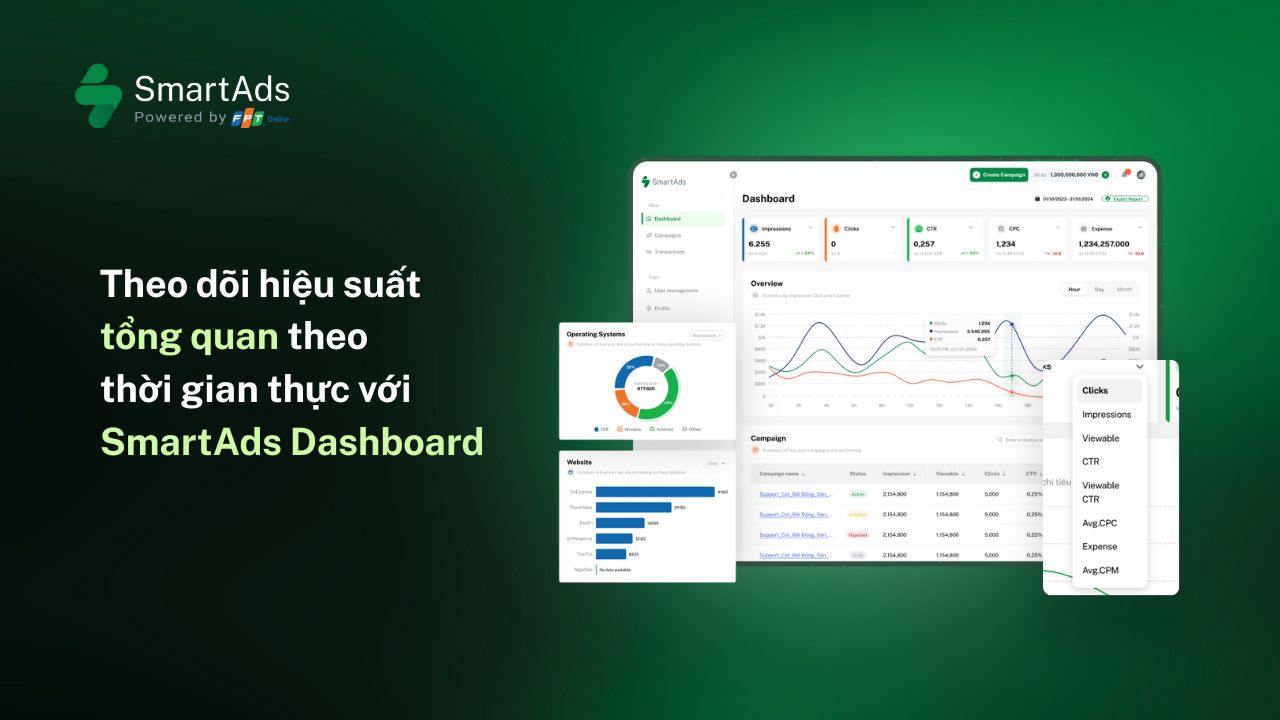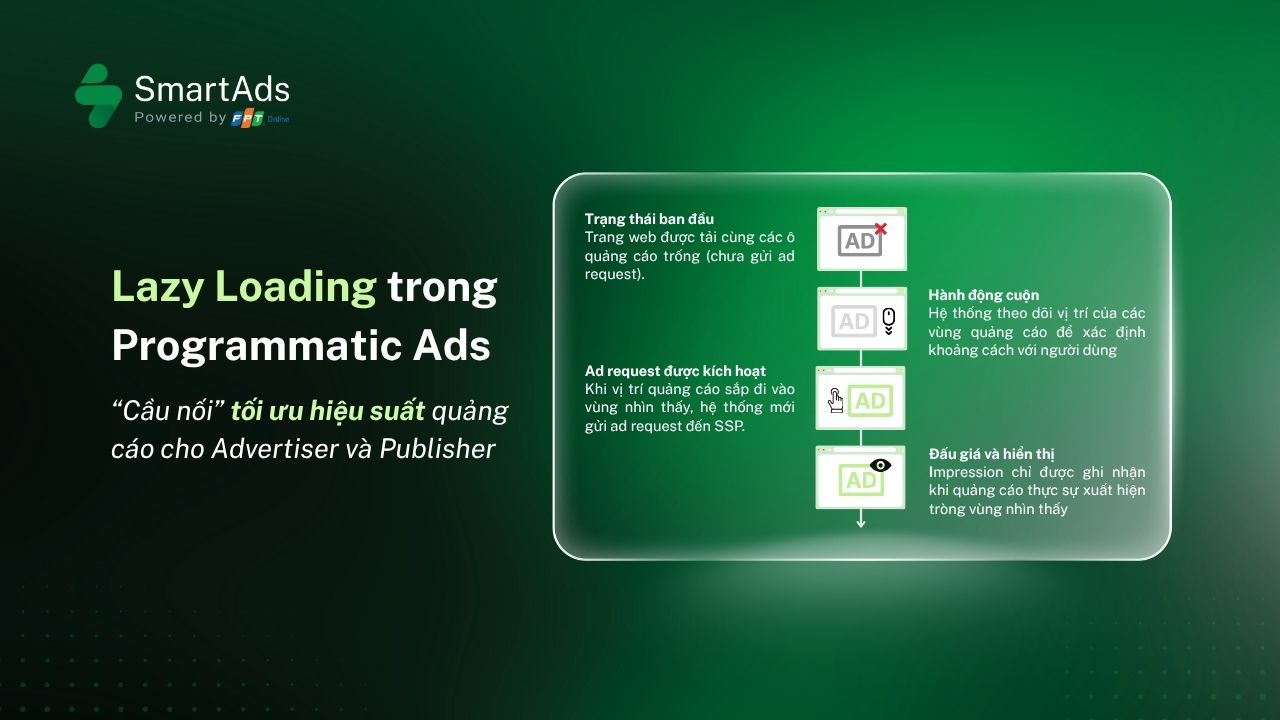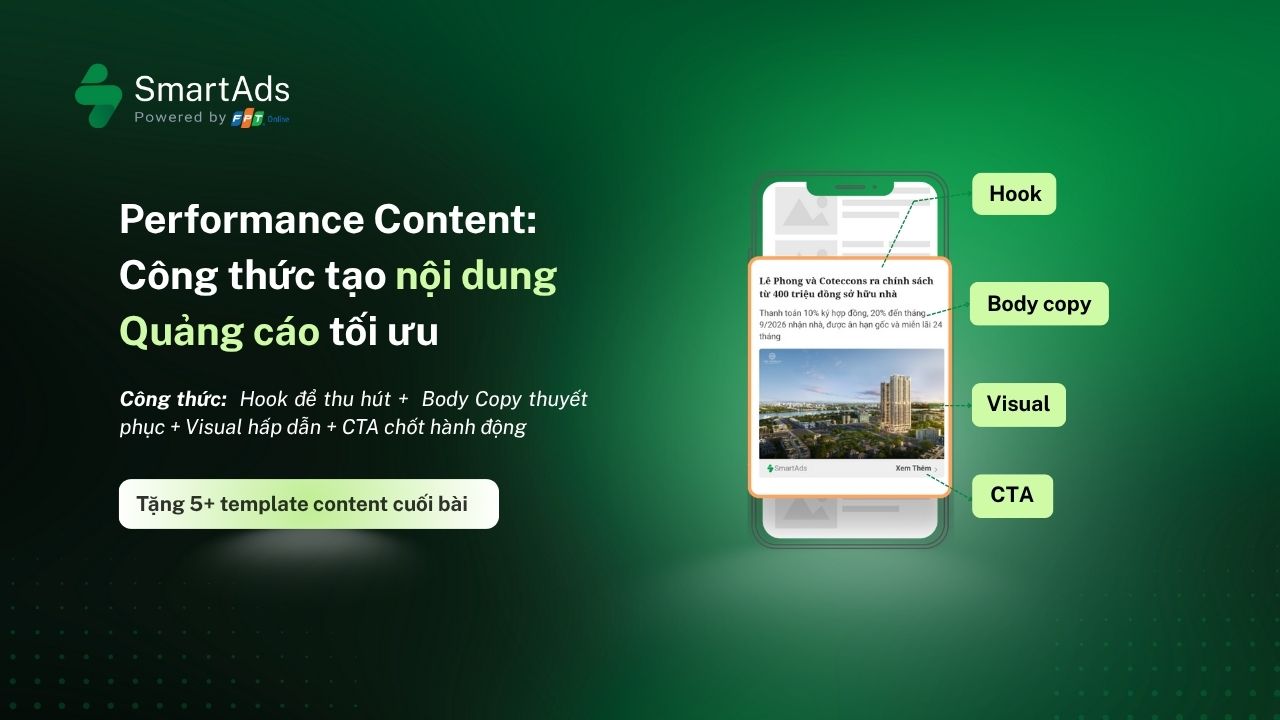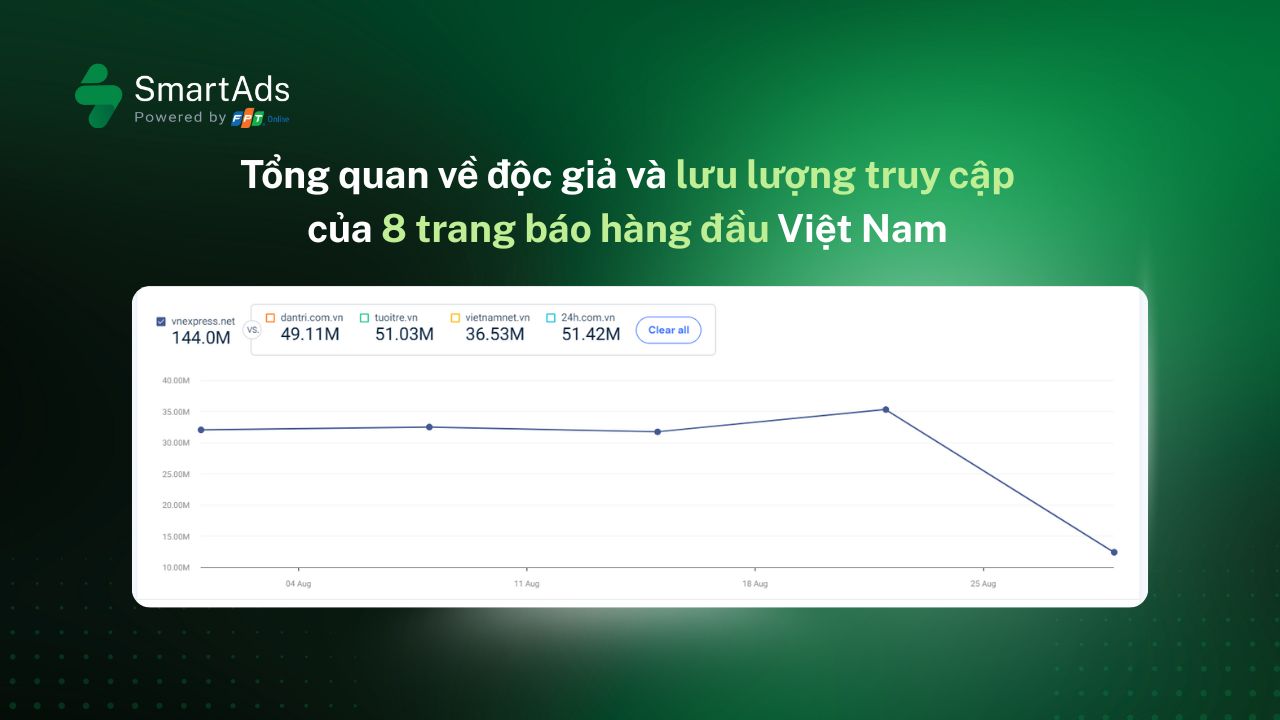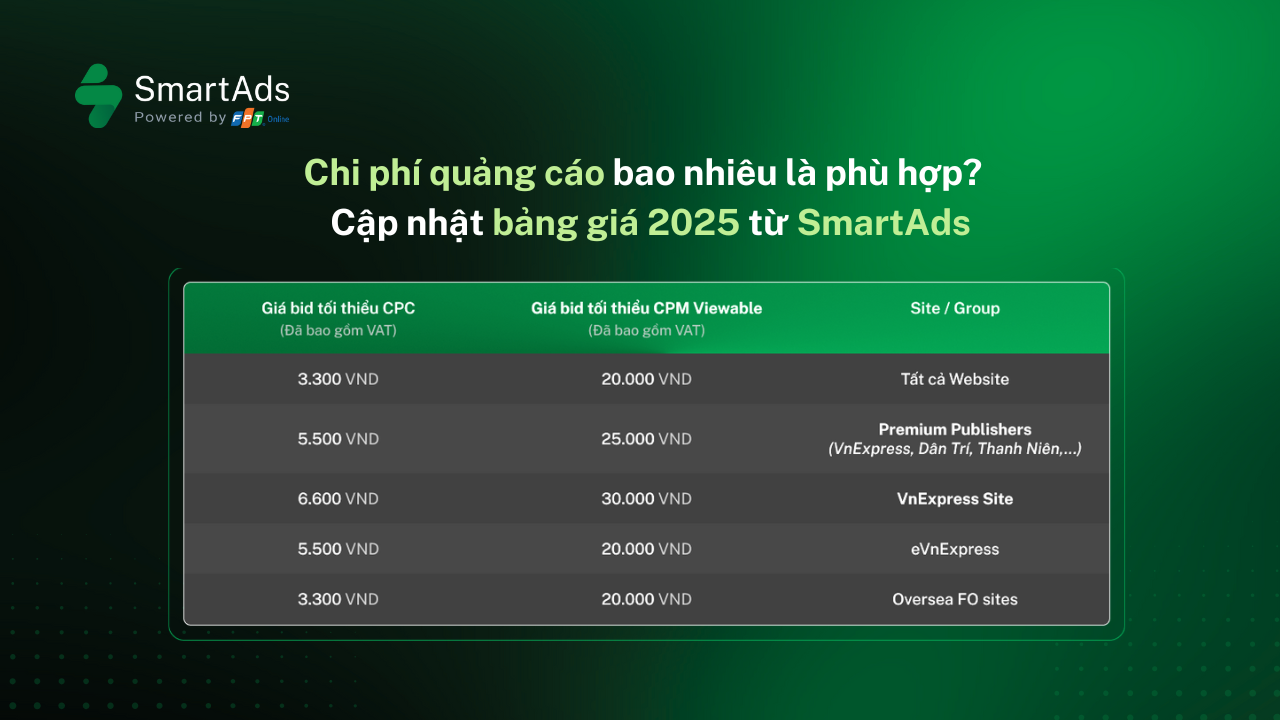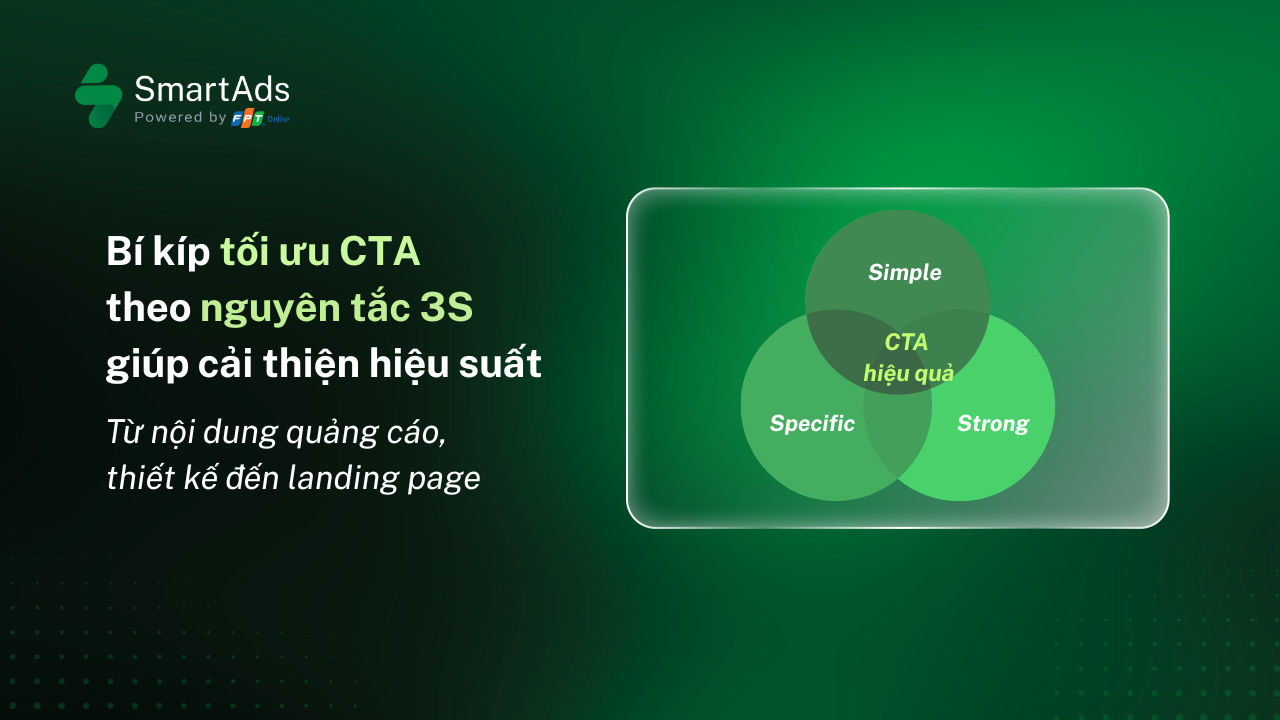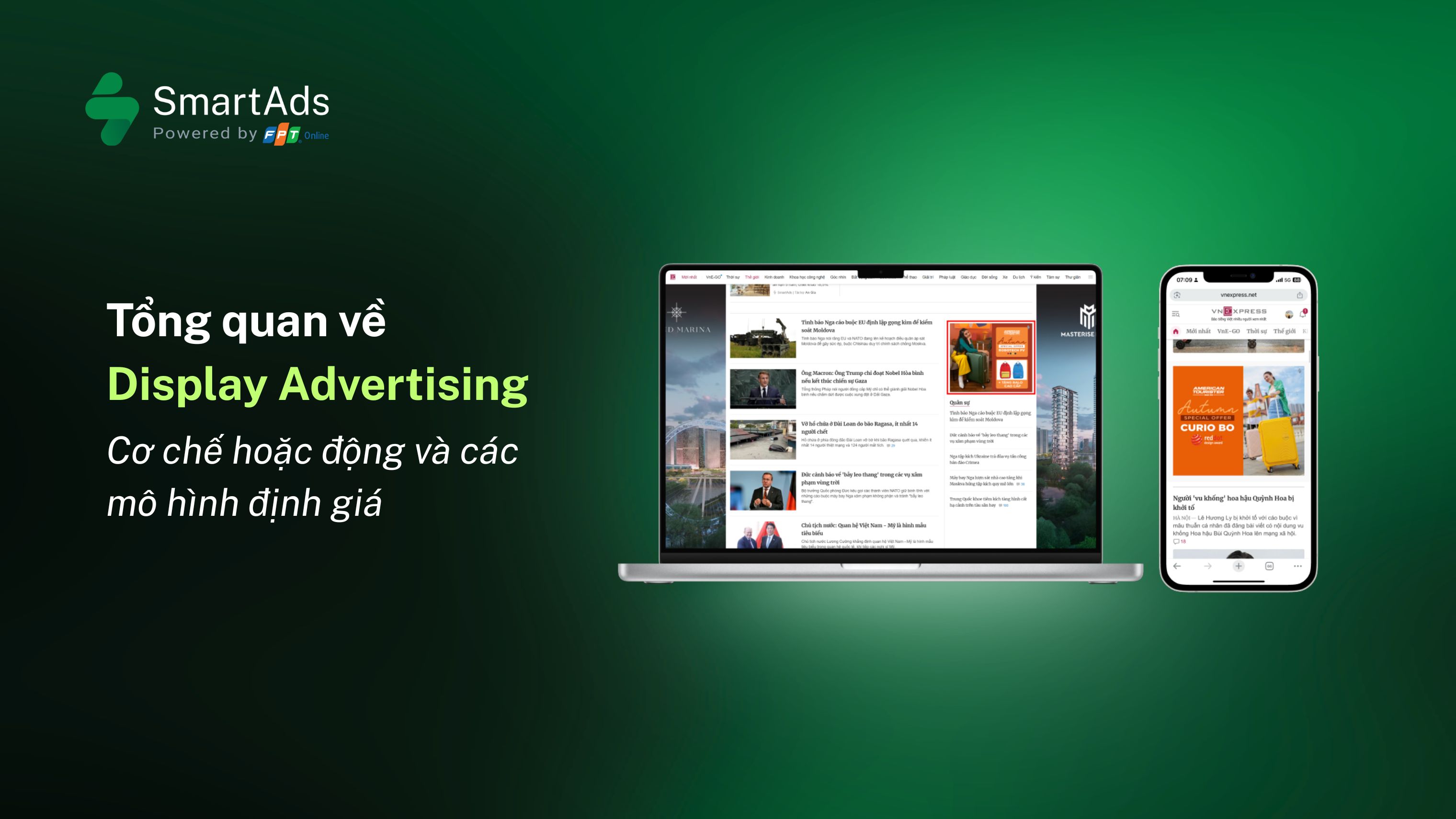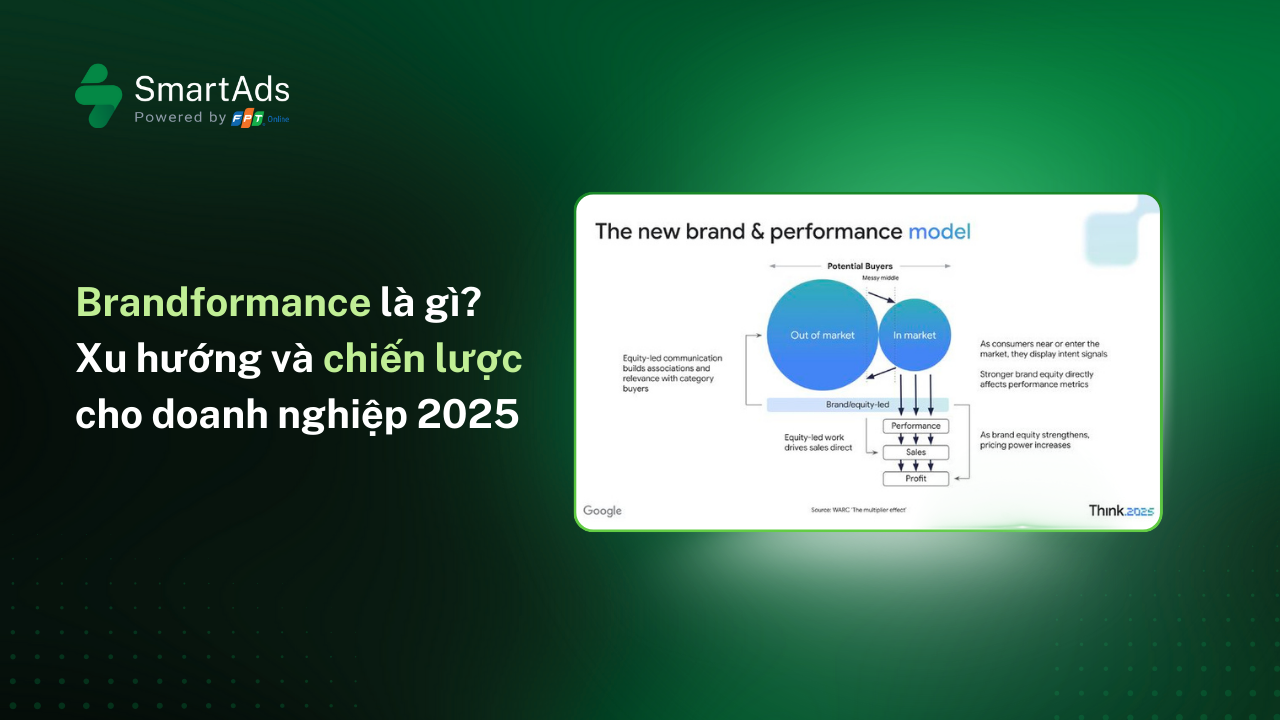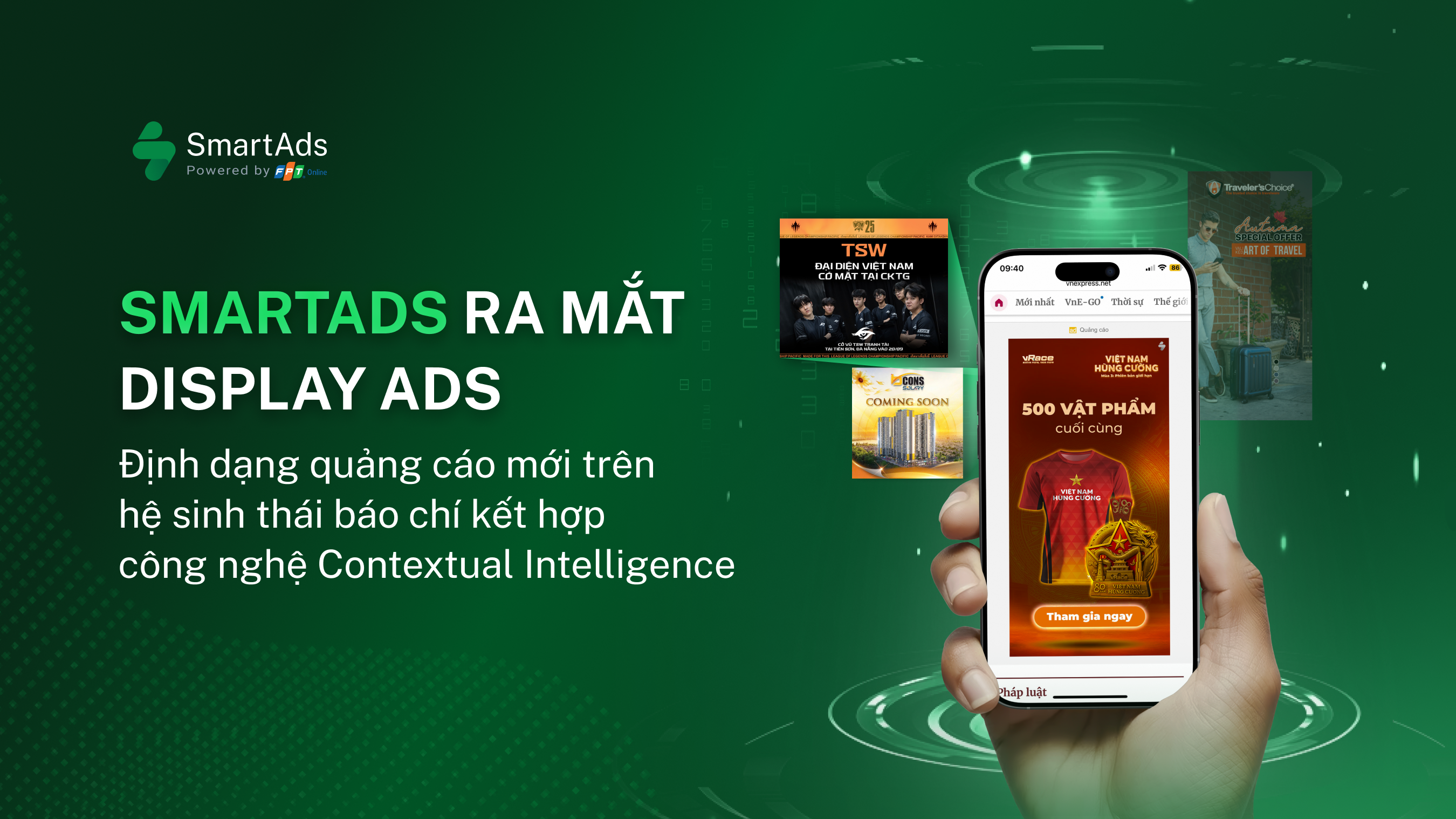Core Concepts and the Difference from Traditional Advertising
At its core, programmatic advertising is an automated method of buying and selling ads through technology platforms and data-driven systems. Unlike traditional advertising, where deals are manually negotiated on a case-by-case basis, programmatic advertising automates the entire workflow — from setting budgets and selecting placements to optimizing performance based on real-time data. The key advantage is that programmatic media buying happens in milliseconds, ensuring ads are delivered to the right user, at the right moment, on the right channel — powered by user data analysis and behavioral signals.
Basic Operating Steps in Programmatic
The programmatic ecosystem includes ad exchanges, demand-side platforms (DSP - Demand Side Platform), supply-side platforms (SSP - Supply Side Platform) and data processing systems such as DMP and AI. A typical real-time bidding (RTB) process works as follows:
- The user visits a website or mobile app
- The publisher sends an ad request to the ad exchange
- The DSP evaluates the impression and bids in real time based on user data, behavior, location…
- The SSP connects the publisher’s inventory with the most relevant advertisers
- If the advertiser wins the auction, the ad is displayed instantly
This automated process helps maximize optimization through data, eliminating manual tasks and delivering greater performance.
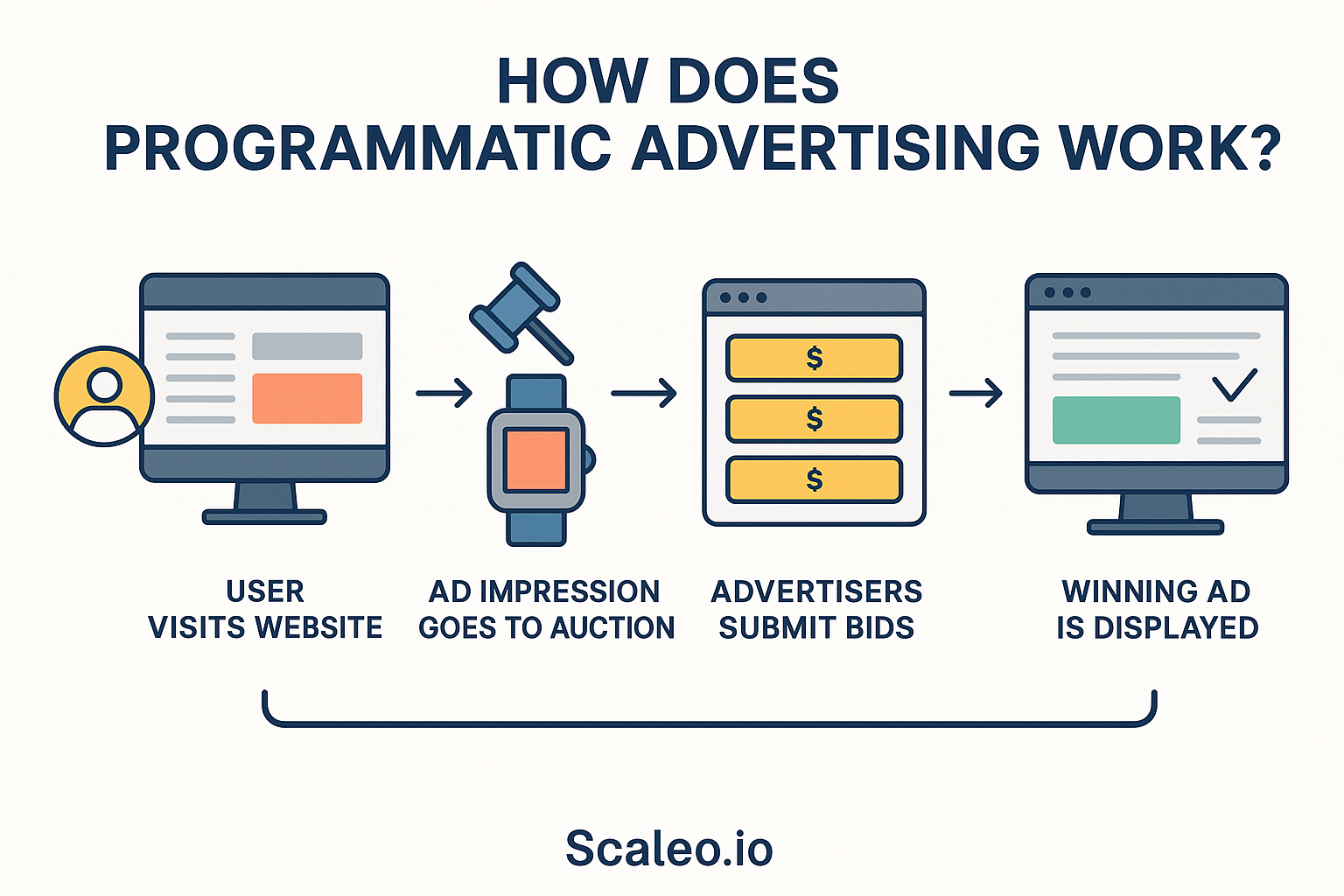
Types of Programmatic Buying
Programmatic advertising is divided into two main types:
- Programmatic direct: Fixed-price agreements, ideal for brands that prioritize control over placement and premium inventory quality.
- Open exchange: Public bidding marketplace, allowing advertisers (especially SMEs) to scale reach with cost efficiency through real-time optimization.
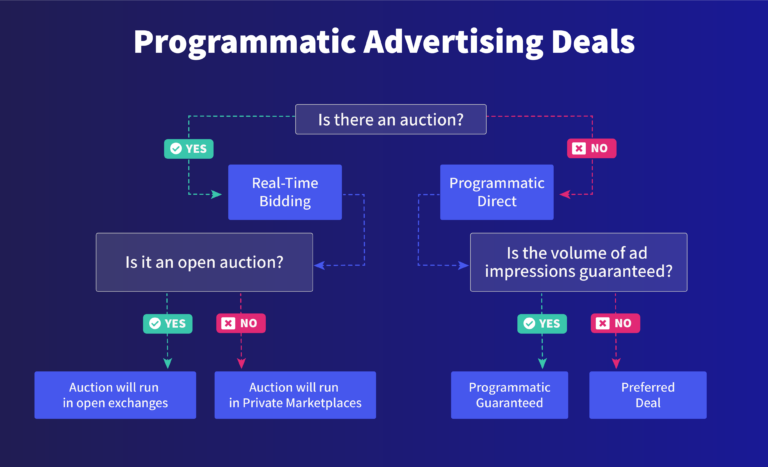
Popular Programmatic Ad Formats
Depending on campaign objectives, customer journey stages and channel characteristics, marketers can choose from the following programmatic media buying formats:
- Display banners: Ideal for boosting brand awareness
- Video ads: Designed to create strong engagement and storytelling impact
- Native ads: Blends seamlessly into editorial content, improving click-through and conversion rates
- Rich media & in-app ads: Adapt to mobile behavior and personalize user experience
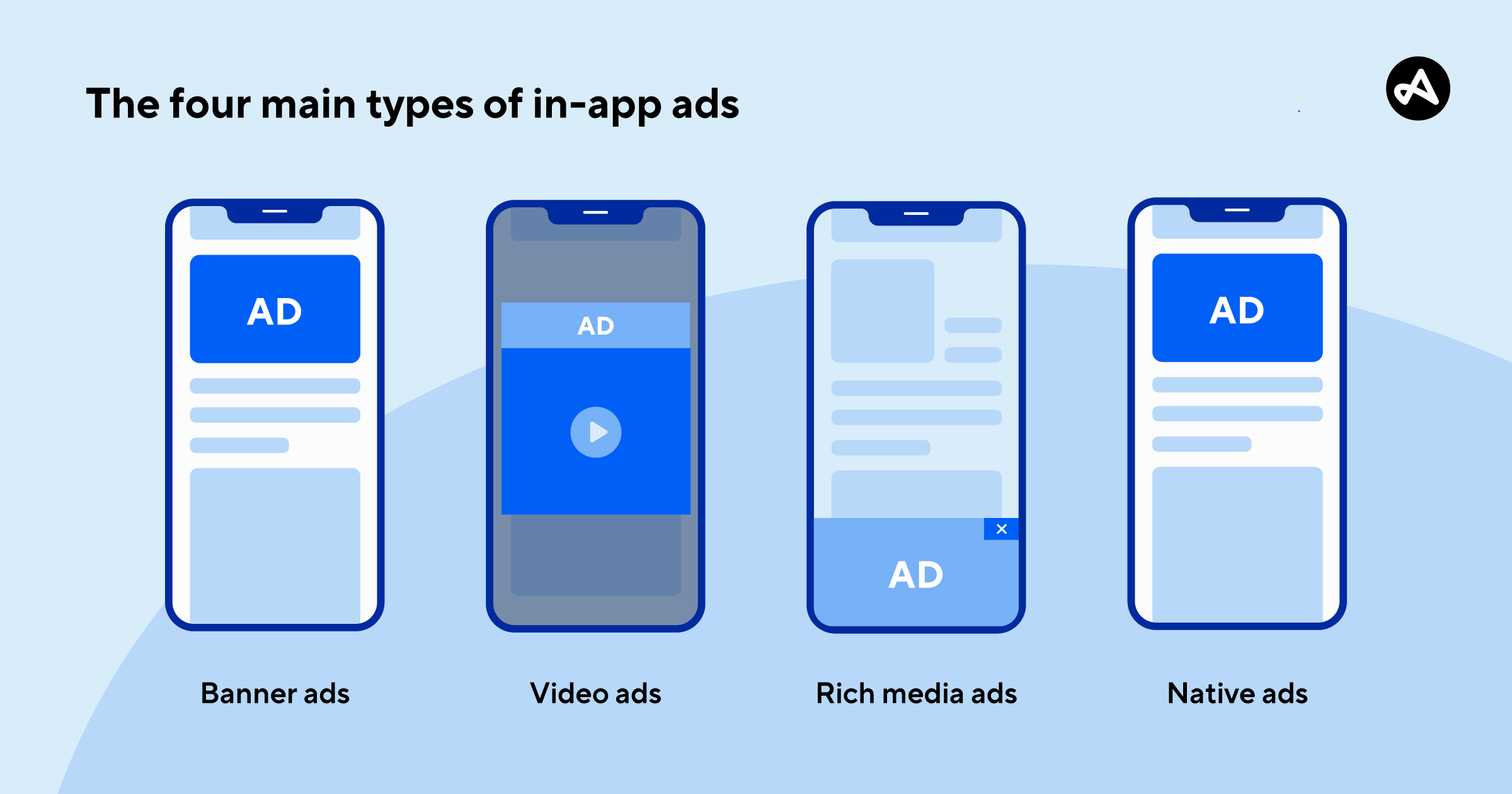
Each format is automatically optimized for bidding, targeting and delivery performance.
Key Benefits of Programmatic Advertising
Optimize Costs and Achieve Superior ROI
One of the biggest strengths of programmatic advertising is its highly precise targeting capability. According to HubSpot 2023, businesses using automated media buying reduce wasted ad spend by up to 30% compared to manual buying, while conversion rates increase by 20–30% on average. Thanks to smart bidding algorithms and automated delivery flows, marketers can invest more efficiently in each high-potential audience segment.
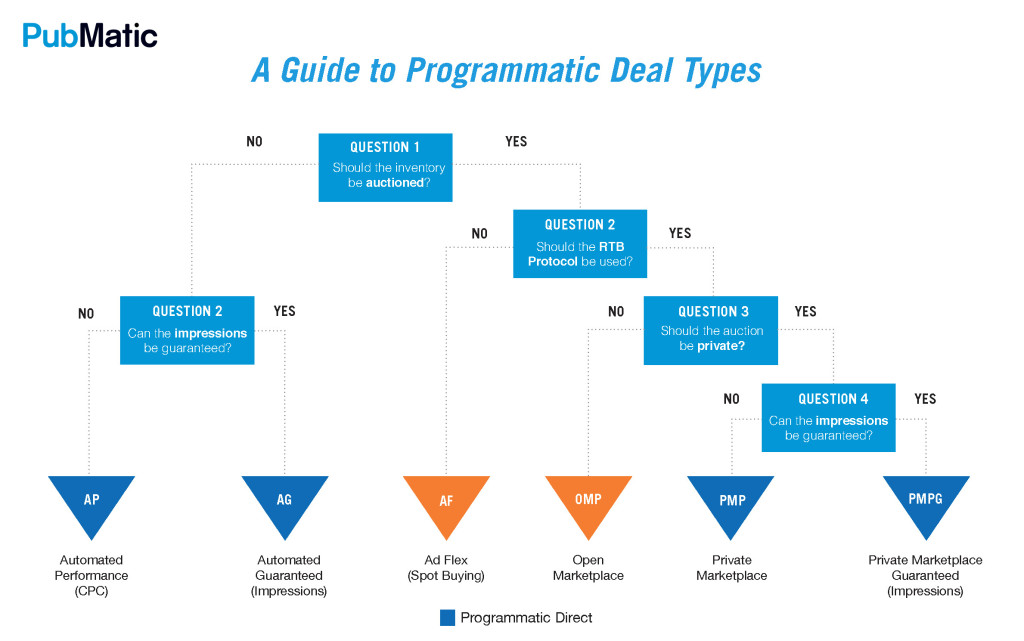
Real-Time Measurement and Deep Analytics
Another major advantage is the ability to monitor a wide range of KPIs in real time: CPC, CPA, CTR, ROI. This allows marketers, agencies and SMEs to track performance, optimize budgets, adjust creatives or tweak targeting within minutes — instead of waiting for post-campaign reports.
Higher Automation, Lower Management Costs
Programmatic advertising minimizes manual workload, freeing up marketers to focus on strategy and creative execution instead of time-consuming media booking and negotiation tasks.
Expand Audience Reach Across Multiple Channels
With a cross-channel ecosystem, brands can reach potential audiences through digital publishers, social media, news platforms and mobile apps — all via a single programmatic media buying infrastructure.
Real-world example: Recently, a SmartAds native ads campaign on digital news sites helped an SME in the education sector increase its conversion rate by 20% compared to traditional direct buying (Source: SmartAds Internal Report 2024).
Key Considerations When Implementing Programmatic Advertising
To fully leverage the benefits of programmatic media buying while protecting brand safety, marketers should pay attention to the following:
Choose Reliable Partners and Platforms
Prioritize working with established adtech companies with transparent certifications and strong execution capabilities in the Vietnamese market, such as SmartAds or reputable global agencies.
Define and Measure Clear Objectives
Have a clear KPI direction: awareness lift, lead generation, cost optimization or conversion acceleration. This ensures programmatic campaigns operate with focused goals and are easier to optimize.
Data Governance and Privacy Compliance
Data protection regulations such as Vietnam’s Decree 13/2023/NĐ-CP and global privacy standards must be strictly followed to ensure user information is not misused.
Continuous Monitoring and Optimization
Use visual dashboards with real-time metric updates — this is the only way to quickly detect market fluctuations and instantly optimize budgets and creatives.
Build Strong Technical Understanding
Understanding concepts such as DSP, SSP, DMP, RTB, AI and machine learning will help marketers proactively work with platforms, enhance strategic thinking and maintain control over results.
In Vietnam, industries such as e-commerce, education and finance are already leveraging programmatic advertising strategies to scale customer acquisition.
Conclusion
The next major shift will be the deeper integration of AI to analyze intent signals and personalize experiences — allowing marketers to stay ahead in the digital customer journey.
- Set clear objectives and measurement metrics for every campaign
- Select the right technology platforms and experienced partners in the Vietnamese market
- Deeply understand audience profiles and craft creative content tailored to each format (video/display/native)
- Leverage AI technology and real-time data to drive continuous optimization
The key to success in programmatic advertising lies in knowledge readiness, creative experimentation and partnering with trusted technology providers.
About SmartAds – formerly Eclick, developed by FPT Online, one of Vietnam’s pioneers in digital media and technology. Through years of innovation and partnerships with leading premium publishers, SmartAds has established itself as a leader in elevating native advertising standards in Vietnam. The platform aims to become a trusted partner for brands on their journey to win customers. If you’re looking for an optimized solution for both awareness and performance, create your SmartAds account here.

